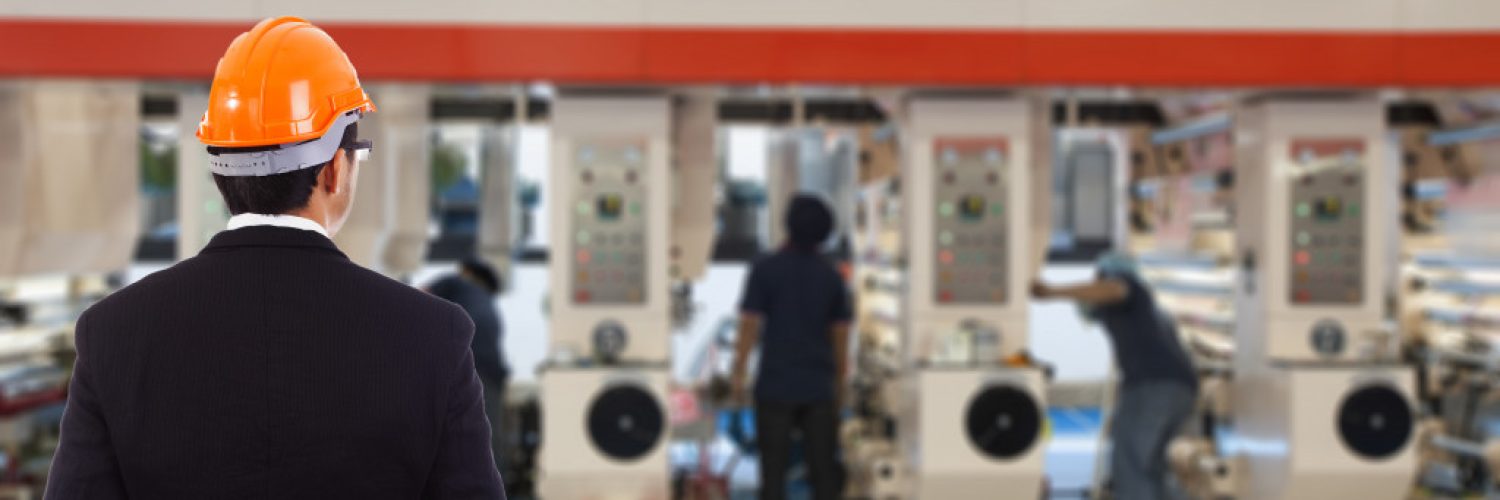Digitization is transforming the manufacturing landscape. Connected devices, data analytics, and smart technologies help manufacturers significantly boost their accuracy, productivity, and efficiency. Today, forward-thinking manufacturers are taking advantage of emerging trends and technologies to gain a competitive edge. IT advances, new regulations, changing market conditions, and pressure from consumers are the key factors that drive manufacturing companies to digitize and avoid falling behind and increase chances of profitability.
Technology is changing how manufacturers design, produce, use, and maintain products. Even the manner of weighing modules has changed through digital weighing. One example is the use of load cell kits that provide precise, reliable, and accurate results.
Technologically-driven disruptions are causing industry leaders to play an important role in changing the future of manufacturing. To visualize the future, manufacturers should recognize the different capabilities of digitization and how it can impact the quality and performance of their operations. This way, they can create a digitization approach that takes operational and organizational changes into account. With that in mind, here are ways how digitalization is transforming the manufacturing industry and what it means for businesses.
Manufacturing processes will move faster
One of the most obvious changes in digitization is the improvement of operational speed. Driven by the pressures of accelerated product development and changing consumer tastes, manufacturers have to explore other ways to adapt.
This is where digitization boosts productivity, allowing projects and operations to accelerate faster and help workers meet aggressive deadlines. More importantly, manufacturers can instantly shift from the design process to the factory floor as modifications come in continuously from the design team and engineers.
Today, many factories still rely on manual operations in various circumstances. For example, designers convert 3D designs into 2D books, then deliver those books to machinists on the factory floor to evaluate and mark up the patterns. Afterward, the machinists will return those books to the engineering team for corrections.
If you take a step back, you’ll spot plenty of inefficiencies within the process. First, printing spec books with complex designs can take a lot of hours. Delivery can take a while if the factory floor is miles away from the design department. Marking up is also time-consuming since workers have to do it per page instead of just evaluating the changes. Obviously, the entire process is completely manual. It lacks automation and opportunities for innovation to enhance the process.
Digitization can address these problems by making factory operations more efficient. If implemented correctly, this will pave the way for manufacturing advancements.

Integrated manufacturing processes
One of the major issues in analog procedures is when factories are operating in different locations. Since the manufacturing industry is a global business, this poses a big problem. In this case, digitization can play a huge role by uniting manufacturing processes, providing support for global factory value chains.
With digitization, manufacturers can easily distribute data. They can share documents across a single network with security in mind. Also, implementing follow-the-sun manufacturing becomes a more attainable reality. The follow-the-sun model refers to a support or service method designed to respond and satisfy consumer needs without considering the current time or geographic location.
In other words, digitization allows manufacturing to be done during normal work hours regardless of the location. A design office or factory plant can finish operations within the day while the other branches in another time zone can open up. This approach allows manufacturers to hand off work seamlessly to another time without forcing them to work overtime and synchronize with other branches.
This can only be possible if manufacturers can distribute data across various global locations in real-time using the right digital technology. More importantly, they must ensure authorized persons can access necessary information at any location and time.
Manufacturing Internet of Things (IoT) becomes possible
Product loops have long aspired for industrial IoT to happen, but this can only be done if manufacturers will fully embrace digitization. Through IoT, manufacturers have access to machines equipped with sensors as soon as they’re built. The main purpose of sensors is to provide continuous assessments throughout the supply chain. As a result, manufacturers can easily refine processes in response to real-world information.
Refine occurs automatically, but digitization allows data to enter business intelligence dashboards and tools, improving people’s efficiency. As a result, manufacturers can gather and collect data on a completely staggering scale.
Societal, market, and technological challenges are confronting the manufacturing industry. To address these scenarios, business leaders should recognize the role of technology in enhancing processes, performance monitoring, and decision-making. In turn, this will put manufacturing companies in a better position to handle the competition and survive various economic pressures.

